Verification can find 50 to 60 percent of errors early on. Meanwhile, validation spots 20 to 30 percent of issues later. Even so, both are key in ensuring quality. They play big roles in ISO 9000 standards and day-to-day operations.
Verification checks if a product meets its requirements. This is often called static testing. On the other hand, validation makes sure the product does what it’s supposed to do for the user. This is known as dynamic testing. Knowing the difference can really improve how you manage quality.
Key Takeaways
- Verification detects approximately 50 to 60% of defects early on.
- Validation uncovers 20 to 30% of defects, often those missed during verification.
- Verification is considered static testing; validation is dynamic testing.
- Both verification and validation are pivotal for quality assurance, with differing focus areas.
- Verification ensures the product’s correctness, while validation assures its utility and user satisfaction.
- Applying both processes optimally can reduce overall defects by up to 40% and enhance customer satisfaction by 85%.
Introduction to Validation and Verification
Validation and verification are key in making sure things are built right. Verification means looking at the work like code reviews, walkthroughs, and inspections. It does not involve actual testing. It checks if a product meets certain requirements at different development stages. This process asks, “Am I building the product right?”
Validation, on the other hand, makes sure the final product meets real needs. It’s about doing tests like regression, user, and performance testing at the end. These help answer, “Am I building the right product?”
Both validation and verification are key for great product quality. Verification spots errors early, saving time and money. Validation makes sure the product does what it should for its users. These steps are vital in fields like software, manufacturing, and project management.
To explain, verification checks if a product meets set standards, like during code reviews. Validation, however, is about tests like user acceptance testing. They’re different but related. Verification makes sure the right processes are used. Validation ensures the final product is what it should be.
Looking at examples shows their value. In software making, verification might use unit testing for correct code. Validation may use beta testing with real users. Both steps are needed. Verification keeps the process on track. Validation ensures users are happy with the product.
Definition of Verification
Verification makes sure products or systems meet set rules and specs. It includes thorough checks to ensure everything matches its design. This ensures the final product works as expected.
Process and Purpose of Verification
The main goal of verification is to check if a product meets its requirements during development. It includes:
- Testing
- Inspection
- Analysis
Activities like testing and inspection help confirm a product is ready for the next step. In software testing, verification checks the software against its design documents.
Examples of Verification in Different Industries
Many industries use verification to keep products safe and high quality.
- Manufacturing: This involves several types of qualification tests.
- Medical Devices: The FDA wants devices to meet design requirements.
- Software Development: This includes tests to match design documents.
Verification is key in many fields, from cars to computers. Understanding the difference between validation and verification is crucial in developing new products.
Definition of Validation
Validation in quality assurance is super important. It checks if the final product meets user and stakeholder expectations. This process involves running the system to check if it works well, is easy to use, and is effective.
Process and Purpose of Validation
Validation includes key steps focused on making users happy and meeting rules. It covers:
- Creating detailed test cases and user scenarios.
- Conducting user acceptance tests (UAT) to confirm usability and functionality.
- Iterative testing using prototypes to gather user feedback and make necessary adjustments.
- Executing the actual system to ensure it operates correctly in a real-world environment.
Validation does more than just check tech specs. It makes sure the software or product fits user needs, follows rules, and is ready for the market.
Examples of Validation in Different Industries
Validation matters a lot in different fields:
- Pharmaceuticals: Drugs are tested in clinical trials for safety and effectiveness before they get FDA approval.
- Aerospace: Airplane systems go through tough tests with flight simulations and real flights to ensure they’re safe and work well.
- Consumer Electronics: Gadgets like phones and laptops are tested for good user experience, working well with other devices, and meeting rules to ensure they satisfy consumers and follow industry standards.
| Industry | Purpose | Validation Methods |
|---|---|---|
| Pharmaceuticals | Confirm drug safety and efficacy | Clinical trials, FDA approval |
| Aerospace | Ensure performance and safety | Flight simulations, real-world operations |
| Consumer Electronics | Meet user expectations and regulatory standards | User experience tests, regulatory compliance checks |
In summary, validation is critical in quality assurance. It checks that a product is right for its purpose and meets what users expect. By making sure it complies and is user-friendly, it not only improves product quality but also builds trust and happiness among consumers.
Validation vs Verification
It’s important to know how validation and verification differ. This is because they ensure a product meets user needs and design specs. Each process is critical for quality assurance. They look at different parts of product testing.
Key Differences
Verification and validation serve different roles. Verification ensures the product matches specified requirements through tests and checks. It answers, “Are we building it right?” This includes making sure it fits design specs. For example, in MedTech, the FDA outlines how to verify processes.
Validation, however, checks if the product meets user and market needs. It asks, “Are we building the right thing?” It’s about showing a process gives consistent results. For example, some medical processes need validation to ensure they’re safe and effective.
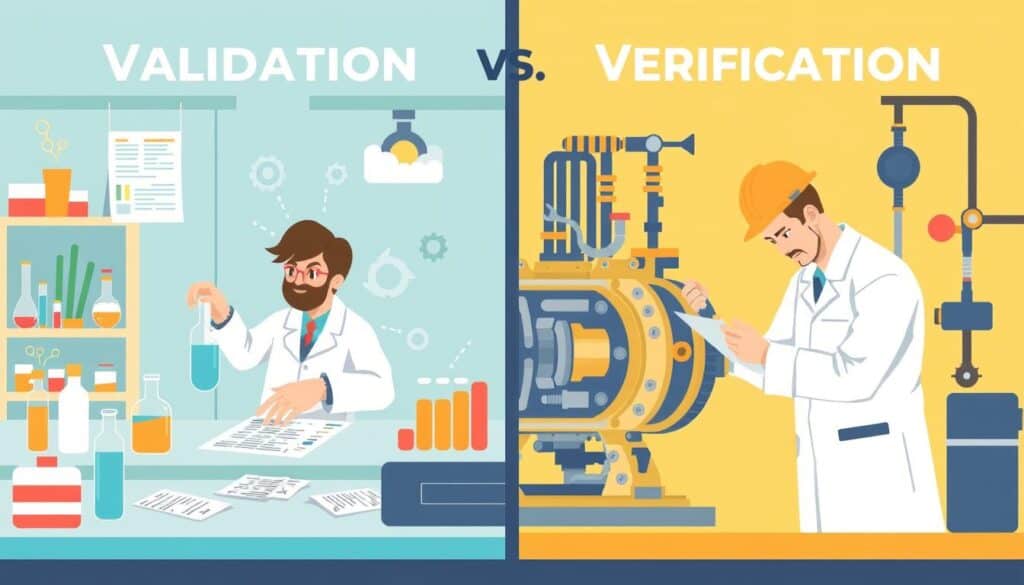
| Criteria | Verification | Validation |
|---|---|---|
| Focus | Design specifications | User needs and market demands |
| Question | “Are we building it right?” | “Are we building the right thing?” |
| Method | Inspection, analysis, testing | Evaluation, analysis, user testing |
| Stages | Throughout development process | At the end of the development cycle |
Importance of Verification in Quality Assurance
Verification is crucial in quality assurance. It involves checking documents, design, and code during development. This makes sure each phase meets specific requirements and standards.

How Verification Improves Product Quality
Verification includes analyzing requirements, reviewing designs, and inspecting code. This is how software companies meets standards. With top tools and methods, they boost product reliability and customer happiness.
Identifying issues early means fewer fixes after release. This leads to higher quality products.
Cost Benefits of Early Verification
Catching problems early cuts down on fixing costs later. Activities like checking documents and inspecting code save effort and resources. This means...
You have read 39% of the article. The rest is for our community. Already a member? Log in
(and also to protect our original content from scraping bots)
Innovation.world community
Login or Register (100% free)
View the rest of this article and all members-only content and tools.
Only real engineers, manufacturers, designers, marketers professionals.
No bot, no hater, no spammer.
FAQ
What is the difference between validation and verification?
Validation makes sure a product fits user needs and purposes, often using external checks. Verification, on the other hand, checks if a product meets its official requirements through in-house reviews. Validation is about making sure it’s the right product for users. Verification ensures it’s made right according to specs.
Why are validation and verification important in quality assurance?
Validation and verification are crucial for quality products. They make sure products match design specs and meet user hopes. Validation proves a product works for its purpose. Verification finds problems early, ensuring products are top quality and fit for use.
What is the process and purpose of verification?
Verification uses tests, checks, and analyses to match products with their requirements. It keeps quality and safety high before products go to market.
What is the process and purpose of validation?
Validation involves acceptance testing and trying products in real situations to meet user needs and rules. It checks if the product works well for customers in real life.
What are some common misconceptions about validation and verification?
People often mix up validation and verification, thinking they’re the same. But they focus on different areas and go together to assure quality.
How does verification improve product quality?
Verification finds and fixes problems early on. This makes products more reliable and high-quality, meeting all their needed specs before sale.
How does validation ensure user acceptance and suitability?
Validation checks that products meet what users want through testing and real-world trials. It makes customers happier and products ready for the market.
How do validation and verification support project management?
Verification keeps projects on track with regular checks. Validation ensures the finished project meets everyone’s needs, leading to success.
How do validation and verification ensure compliance in various industries?
Verification confirms processes and products pass regulatory checks. Validation makes sure they meet the industry standards fully.
External Links on Product Validation and Verification
International Standards
- ISO 9001:2015 Quality management systems – Requirements
- ISO 13485:2016 Medical devices – Quality management systems – Requirements for regulatory purposes
- ISO/IEC 25010:2011 Systems and software engineering – Systems and software Quality Requirements and Evaluation (SQuaRE) – System and software quality models
(hover the link to see our description of the content)
Glossary of Terms Used
Food and Drug Administration (FDA): a federal agency of the United States Department of Health and Human Services responsible for regulating food safety, pharmaceuticals, medical devices, cosmetics, and tobacco products to ensure public health and safety through scientific evaluation and enforcement of compliance standards.
International Organization for Standardization (ISO): a non-governmental international body that develops and publishes standards to ensure quality, safety, efficiency, and interoperability across various industries and sectors, facilitating global trade and cooperation. Established in 1947, it comprises national standardization organizations from member countries.
User experience (UX): the overall satisfaction and perception of a user when interacting with a product, system, or service, encompassing usability, accessibility, design, and emotional response throughout the entire interaction process.
Verification and Validation (V&V): a process to ensure a system meets specifications and fulfills its intended purpose, involving two distinct activities: verification checks if the product meets design specifications, while validation assesses if it satisfies user needs and requirements.
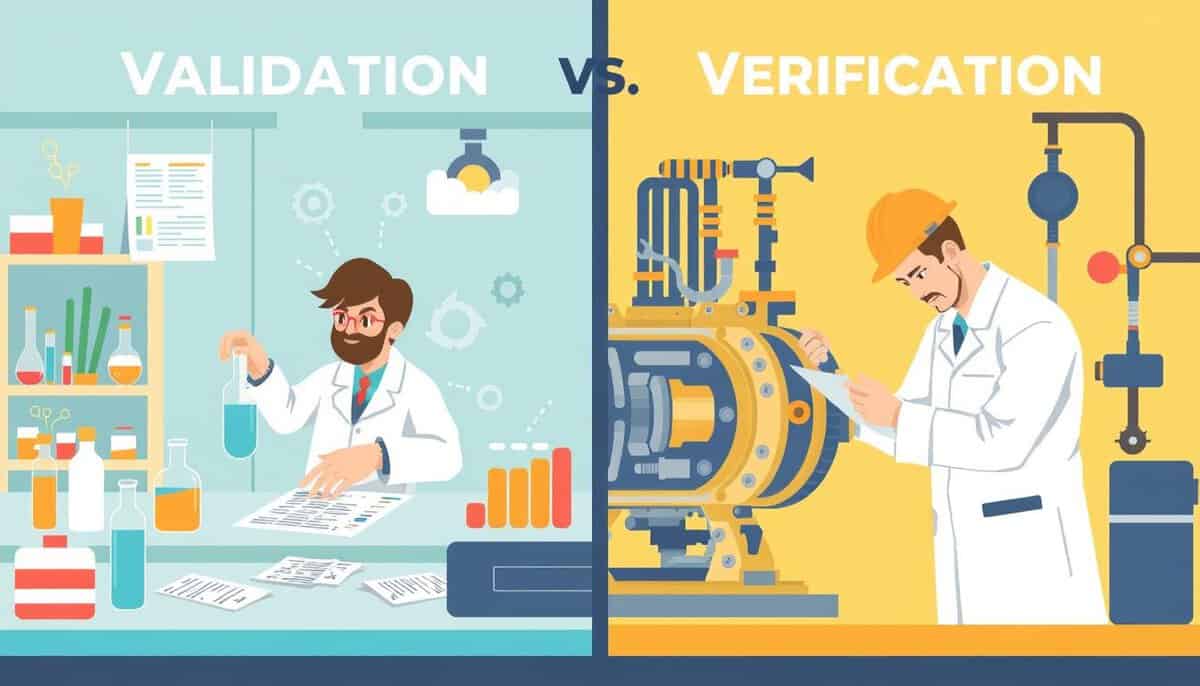

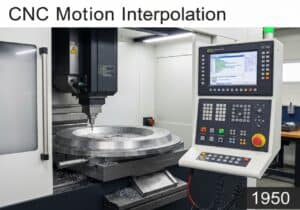
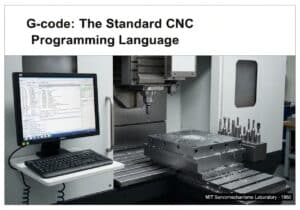
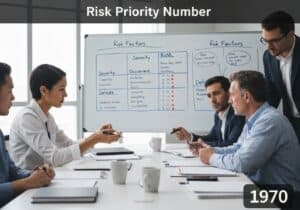
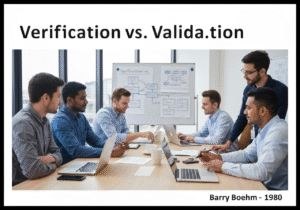
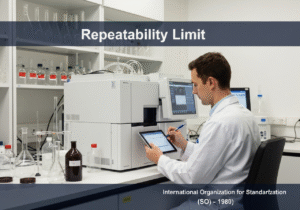
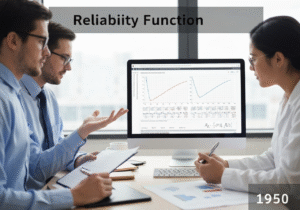

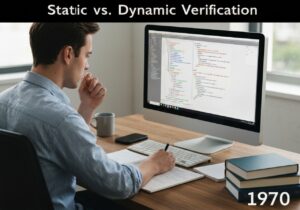


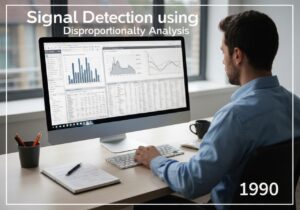










the distinction between static and dynamic testing not only enhances product reliability but also significantly boosts customer satisfaction
essential to understand that while verification aims to ensure the product is built correctly, validation focuses on ensuring the product is right for the user
This article provides a clear distinction between verification and validation, ultimately fostering trust and satisfaction among consumers.
Interesting read! But isnt it crucial to discuss how V&V techniques affect the overall R&D cost and timeline?
Interesting piece! But, dont you think validation should be prioritized over verification in the early stages of R&D for a more user-centric approach?